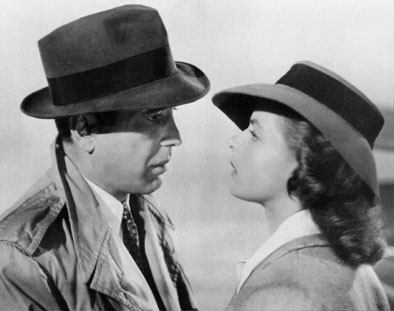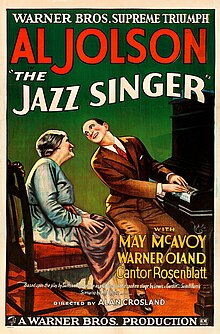
For the first film to ever win Best Picture, this doesn't disappoint. It's epic, it's tragic, it's funny, it's heartfelt, it's just an all around great time. People sometimes criticize it for several reasons, like the bubble scenes, which we'll get to later, the fact that Clara Bow isn't in it long enough, it being to slow and/or melodramatic, but I didn't find any of those problems existent or major (Well, except for the bubbles. Oh the bubbles). The story is about two men who are in love with the same girl. They go off to war, and basically turn from rivals to friends. It's a very simple story, but executed amazingly with the acting and pacing. Clara Bow, Buddy Rogers, and Richard Arlen all did outstanding, and the Gary Cooper cameo was great, pretty unexpected too. Now, every movie has at least one flaw, right? Well, this movie is no exception. The comedy relief and simple story really should have been improved to make it deeper and less annoying. Now, because I can't think of much else to say, it's time for The Best and Worst of Wings. The best has to be the dogfight halfway through the film. This scene wasn't matched for years, and it's extremely entertaining and thrilling. You feel afraid for the main characters, but at the same time, you want to see airplanes do aerial flips and explode into a fiery explosion, and you don't have to worry, they do. The worst is... The bubbles. I know it's just one scene, but the joke drags on for over 10 minutes, and you're bored to death when it's over with. It starts with one of the main characters getting extremely drunk, and then he hallucinates, seeing a lot of bubbles, and the audience also sees the bubbles, showing the real effects of the hallucination. Besides the occasionally funny line from the characters slurring of words, this scene is boring and unfunny. Worst of all, when it's all done and over with, it's never mentioned again (I would make a Doug Walker joke here, but it would probably confuse most of you). Other than that though, I didn't find many flaws in this picture. It brings out plenty of emotions, makes you care for the characters and their interaction, and the action scenes are extremely intense and exciting. Overall, it's an epic film, worthy of it's Best Picture win. Unfortunately, this is the only Best Picture film never released on VHS or DVD (Cavalcade had a limited VHS release). Luckily though, the film WILL be released on DVD on January 24, 2012, so definitely pick it up when it comes out, it would definitely be a wise purchase.
5/5



















